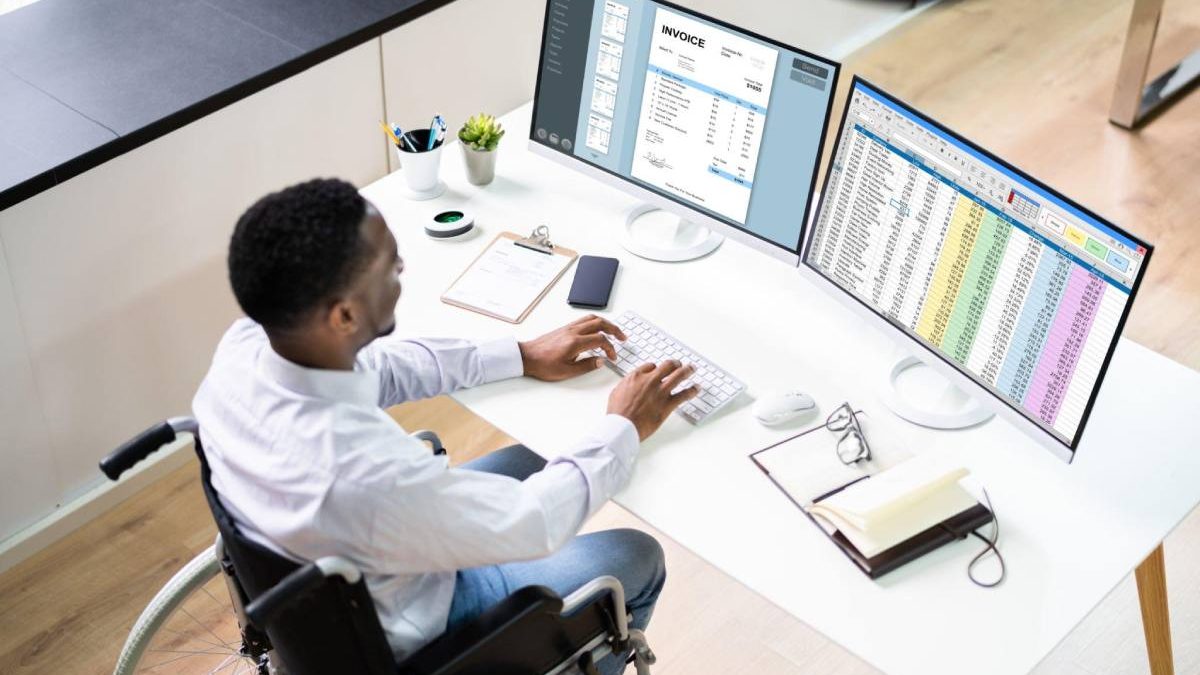Table of Contents
Introduction
Medical coding converts diagnoses, procedures, medical services, and healthcare devices into universal medical alphanumeric codes. Diagnosis and procedure codes are taken from medical record documentation such as transcriptions of doctor’s notes, lab and x-ray reports, etc. Medical Coding Experts help ensure codes are applied correctly during the medical billing process, including extracting information from documentation, assigning appropriate codes, and creating a claim—payment to insurance companies.
Medical Codes Translate This Documentation Into Standardized Codes That Tell Payers:
- patient diagnosis
- Medical necessity of any treatment, service, or supply received by the patient
- Treatments, services, and supplies for the patient
- Any unusual circumstance or medical condition that has affected these treatments and services.
Why is Medical Coding Necessary

The healthcare revenue stream is based on documenting what was learn, decided, and done.
A patient’s diagnosis, test results, and also treatment should be documente for reimbursement purposes and ensure quality care at future visits. A patient’s personal health information follows them through symptoms and subsequent treatments and should be easy to understand. It is essential to consider that hundreds of millions of visits, procedures, and hospitalizations are perform in the United States each year.
Types Of Codes Used
Medical coding is global, with most countries using the International Classification of Diseases (ICD). The ICD is preserved by the World Health Organization and also adopted by each member country to meet its needs. In the United States, there are six sets of official HIPAA mandatory codes that meet different needs.
- ICD-10-CM (International Classification of Diseases, 10th Version, Clinically Modified)
- CPT® (Present Procedural Terminology)
- ICD-10-PCS (International Classification of Diseases, 10th Edition, Procedure Coding System)
- HCPCS Level II (Health Care Procedures Coding System, Level II)
- CDT® (Code of Dental Procedures and Nomenclature)
- NDC (National Drug Codes)
- modifiers
- MS DRG and APC
How is Medical Coding Done
Trained and certified medical coders best do medical coding. The following example describes what a typical day in the life of a medical coder might look like…
After settling into the office and having a cup of coffee, a medical coder typically begins their workday by reviewing the patient’s notes from the previous day for evaluation and also coding. There fore records and notes depend on the clinical setting (outpatient or center). It may require some level of specialization (in health systems, there may be people who focus on medical specialties, while programmers who work in smaller or more general practices, potentially doing so for a wide range of patients and conditions).
How to Become A Medical Coder
Successful medical coders know anatomy, physiology, medical procedures, and also payment rules and policies. To become a medical coder, you want to complete training at a college or a coding-specific training program. Then, finding a job in this field is easier if you have a professional qualification like the CSLA.
Today, more than 200,000 healthcare professionals are members of CSLA. CSLA raises the bar for medical coding by developing training, professional certifications, networking opportunities with other healthcare professionals, and also providing various job search and career development opportunities.
Depending on the clinical environment, internal or external auditors periodically verify the accuracy and completeness of coding and documentation. The results of these coding checks are retained by the compliance department or department head and also form an essential part of the job evaluation.
Also Read: Desk for Toddlers: How to Choose the Most Suitable?


